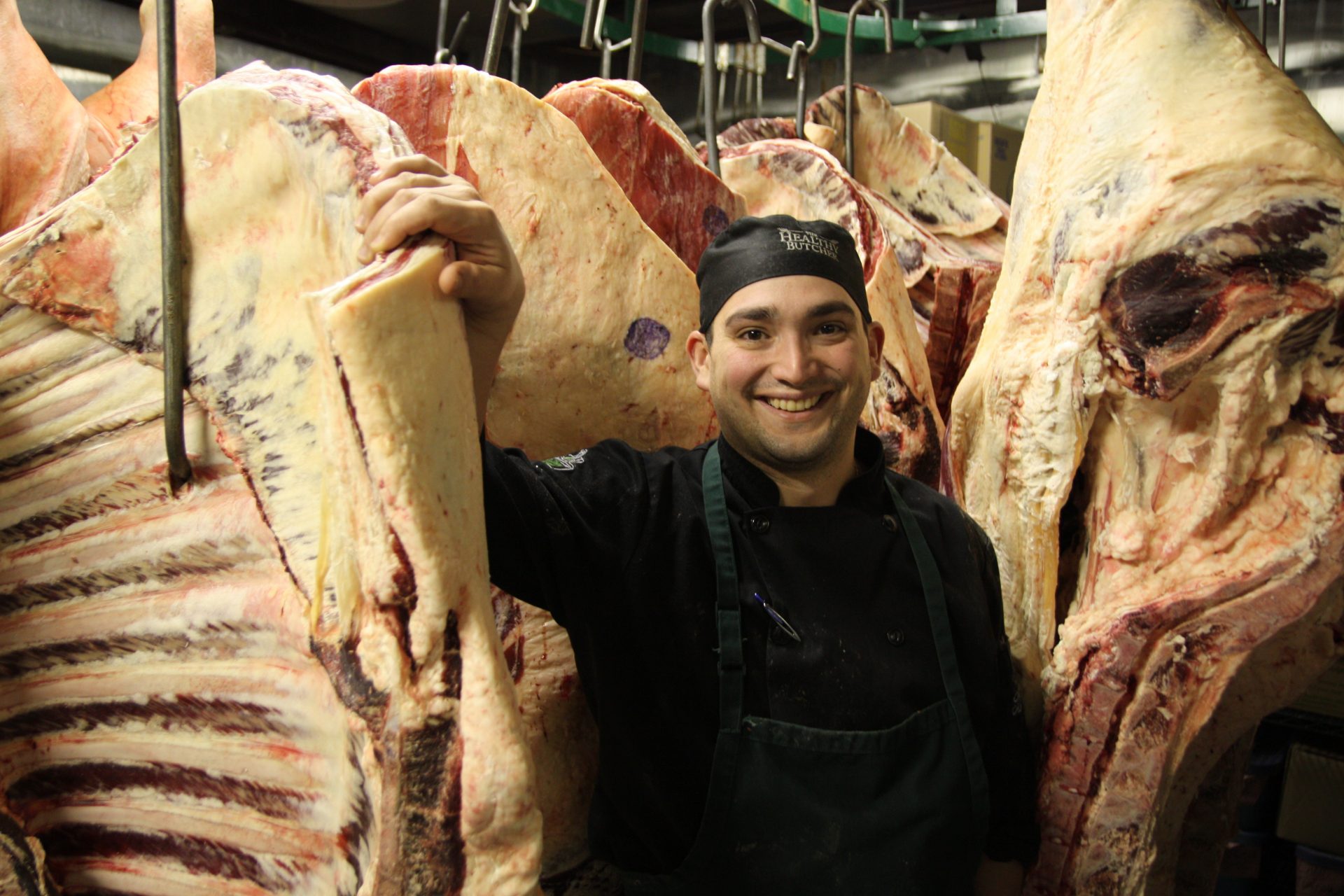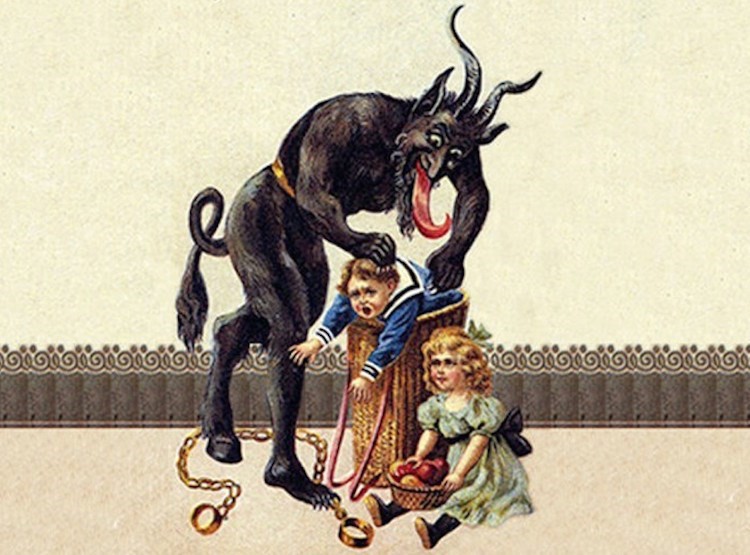
For me, the colour of rosé is so very important. I usually find myself drawn towards those with more of a delicate onion-skin hue.
Well, we hate to say that we told you so, but with consumption up by more than 15% over the past decade it appears that the world is finally catching up with our ongoing fascination-bordering-upon-obsession for rosé wines. Saying that, the French have had the right idea all along, with rosé now making up more than 30% of the country’s total wine consumption. I guess the French know a good thing when they see it.
So what lies behind this modestly impressive growth in the rosé sector? At a rosé-focused seminar I hosted recently at Toronto’s Terroir symposium, I asked that question of a panel comprised of Winemakers, an Importer, and a prominent NYC Sommelier. Their answers were most interesting:
- We are now seeing a generation of wine-drinking Millennials who never grew up with the horrors of Mateus, Lancers, and the dreaded White Zinfandels, and so they see none of the stigma attached to the consumption of rosé wine that was often the case with earlier generations.
- Modern technology in wineries (and with bottling and enclosures) has led to the production of much fresher, crisper, easy-drinking rosé styles that can travel from their place of origin to elsewhere without losing any (or much) of their inherent charm.
- Gone are the days (thankfully) when rosé was viewed as being more of a gender-specific wine, as in “one for the ladies/girls/females”. See the awful concept of “Brosé” as an example of just how far this particular pendulum has swung. *shudders*
- Speaking of wine styles, there has undeniably been a worldwide move away from the sweeter rosé styles towards drier, fresher, and crisper rosés à la Provençe. This is a good thing.
- We have also seen a development of and a healthy market for what I like to refer to as gastronomic rosés, that is rosé that is more suited to the dinner table than guzzling the patio (not that there is anything wrong with that!), more complex and structured wines that people are willing to pay a little extra for. Having a few of different pricing tiers of rosés is a fantastic thing, in my mind.
- And speaking of price, I feel that there is a direct correlation between the decade-long rise in the popularity of rosé and the economic downturn of 2008 (followed by a painfully slow recovery). Rosés, even at the higher end, tend to be reasonably modestly priced, and considerably kinder upon the wine-lover’s pocketbook than many red or white alternatives at the same quality levels.
- I wasn’t going to mention it, but other writers have… Brad Pitt and Angelina Jolie’s foray into rosé “winemaking” partnering with Rhône producer Perrin for their Brangelina project… sorry, just kidding, their Miraval project has had a huge impact on the the US rosé market. The Cult Of Celebrity makes a change for the good for once!
- The increase in quality of Ontario rosé wines is simply staggering, with Malivoire’s Ladybug still leading the pack after all these years. Saying that, the upcoming Stratus release is truly stunning and can hold its own alongside many in the world’s best-of-category. Delicious and well worth tracking down when it is finally released.
- The Hamptons, Nantucket, and Miami have become veritable beachheads for the invasion of Provençal rosé in the US, and this is something that hasn’t gone unnoticed by local producers in Long Island, who have ramped up their productions accordingly.
- Although I am loathe to admit it, the hashtag #roséallday where Instagrammers post pics of themselves getting utterly trollied on rosé (at all times of the day) has done much for the spread of the pink stuff amongst slaves to social media.
- The generally-held concept of rosé as being a drink only suited for the summer months is slowly dissolving, with many restaurants looking to provide rosé year-round for their clientele. Personally I find the idea of a little rosé in the winter months to be most uplifting for the spirits, and often invite a little Provençal sunshine into my life come our colder season. Now if we could just get importers and the LCBO to think the same way…
So it looks as if rosé is here to stay, something that we here at Good Food Revolution towers celebrate with open arms.

Edinburgh-born/Toronto-based Sommelier, consultant, writer, judge, and educator Jamie Drummond is the Director of Programs/Editor of Good Food Revolution… And he notes that he just wrote a listicle for the very first time without even realising it. Damn!







